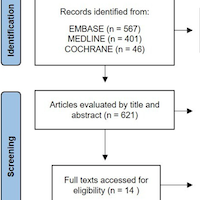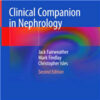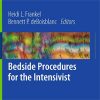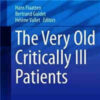Comparison of the Efficacy and Safety of Cuffed vs. Uncuffed Endotracheal Tubes for Infants in the Intensive Care
fn.bmj.com
There was no difference in the primary outcome, though percentage time spent in optimal leak range was significantly higher in cuffed uncuffed endotracheal tube (ETT) group. Cuffed ETTs reduced reintubations to optimise ETT size and episodes of atelectasis. Cuffed ETTs may be a feasible alternative to uncuffed ETTs in this group of patients.
Primary outcome was achievement of optimal ETT leak in target range (10%–20%). Secondary outcomes included: reintubations, ventilatory parameters, ventilatory complications, postextubation complications and long-term follow-up.
Success rate (achievement of mean leak in the range 10%–20%) was 13/42 (30.9%) in the cuffed ETT group and 6/34 (17.6%) in uncuffed ETT group (OR=2.09; 95% CI (0.71 to 6.08); p=0.28). Mean percentage time within target leak range in cuffed ETT group 28% (IQR: 9–42) versus 15% (IQR: 0–28) in uncuffed ETT group (p=0.01).
There were less reintubations to optimise size in cuffed ETT group 0/40 versus 10/36 (p<0.001).



















